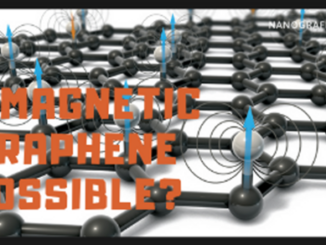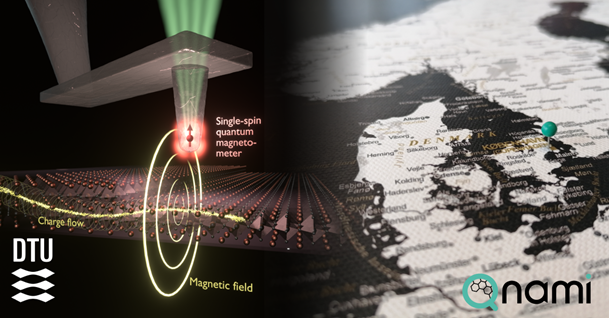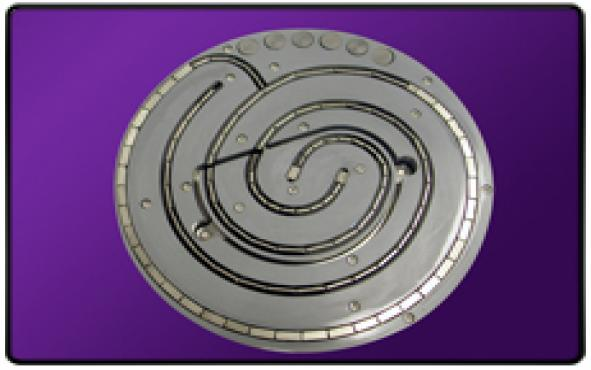
Angstrom Sciences, a world leader in magnetron technology, has appointed Carlos Briceno to be director of sales and marketing, charged with directing the growth of the company’s global sales activities as well as the development of its integration and channel partners. The move was announced by Mark Bernick, president.

Headquartered in Duquesne, Pennsylvania near Pittsburgh, the company provides an extensive line of products and services used to produce thin films through the sputtering process for manufacturing advanced technology products such as flat panel displays, energy efficient architectural glass, solar cells, fiber optic network components and microelectronic devices.
Magnetron sputtering is a physical vapor deposition (PVD) process in which a solid target material is vaporized, transported, and then deposited onto a substrate to create a film. Working at a molecular level, it can create and project a smaller particle of one material onto another in a more uniform and tighter pattern thus increasing the performance and durability of the coating because of the high energy penetrating characteristics of PVD. Magnetron sputtering actually creates a bond that penetrates the surface of a material by a number of angstroms rather than merely coating or adhering to the surface material.
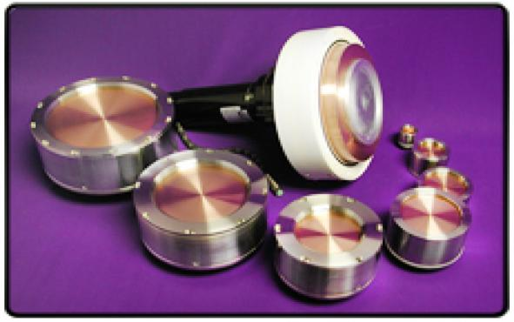
Magnetron sputtering cathodes are the company’s core product, produced as standard and custom products, also as OEM retrofits, in a broad range of sizes and capabilities. Circular magnetrons are available in 1-16 inch target diameters. Linear magnetrons are available in target widths of 1.5 to 12 inches and in target lengths from 1 to 13 feet. Rotating cylindrical magnetron sputtering cathode assemblies are designed to accommodate target diameters from 3-6 inches in diameter.
Powerful magnets localize the process plasma around the sputtering target, confining a higher density of ions around the target surface. This results in a more efficient electron/gas molecule collision rate at lower pressure than other forms of PVD. Increasingly sophisticated magnetic controls have allowed magnetron sputtering technology to become a growing production technique in modern manufacturing.
It can be used to apply either conductive or insulating materials to any type of substrate including metals, ceramics and heat-sensitive plastics. Additional advances in magnet technology, target cooling, and magnetron construction today provide even more control over the sputtering process, according to the company.
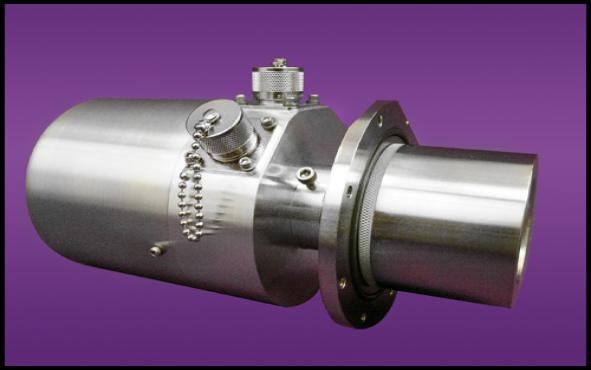
Angstrom’s High Power RF Circular Magnetron creates a wide magnetic field that maximizes target active area. With less dead space, the application process encounters less material redeposition and minimal arcing. Additionally, the profiled magnet array yields high target utilization, minimal arcing and long-term reliability. Because RF power tends to stray, it is vital in high power RF applications that the magnetron sputtering cathode is designed to rein in that power. For more info, see www.angstromsciences.com.

